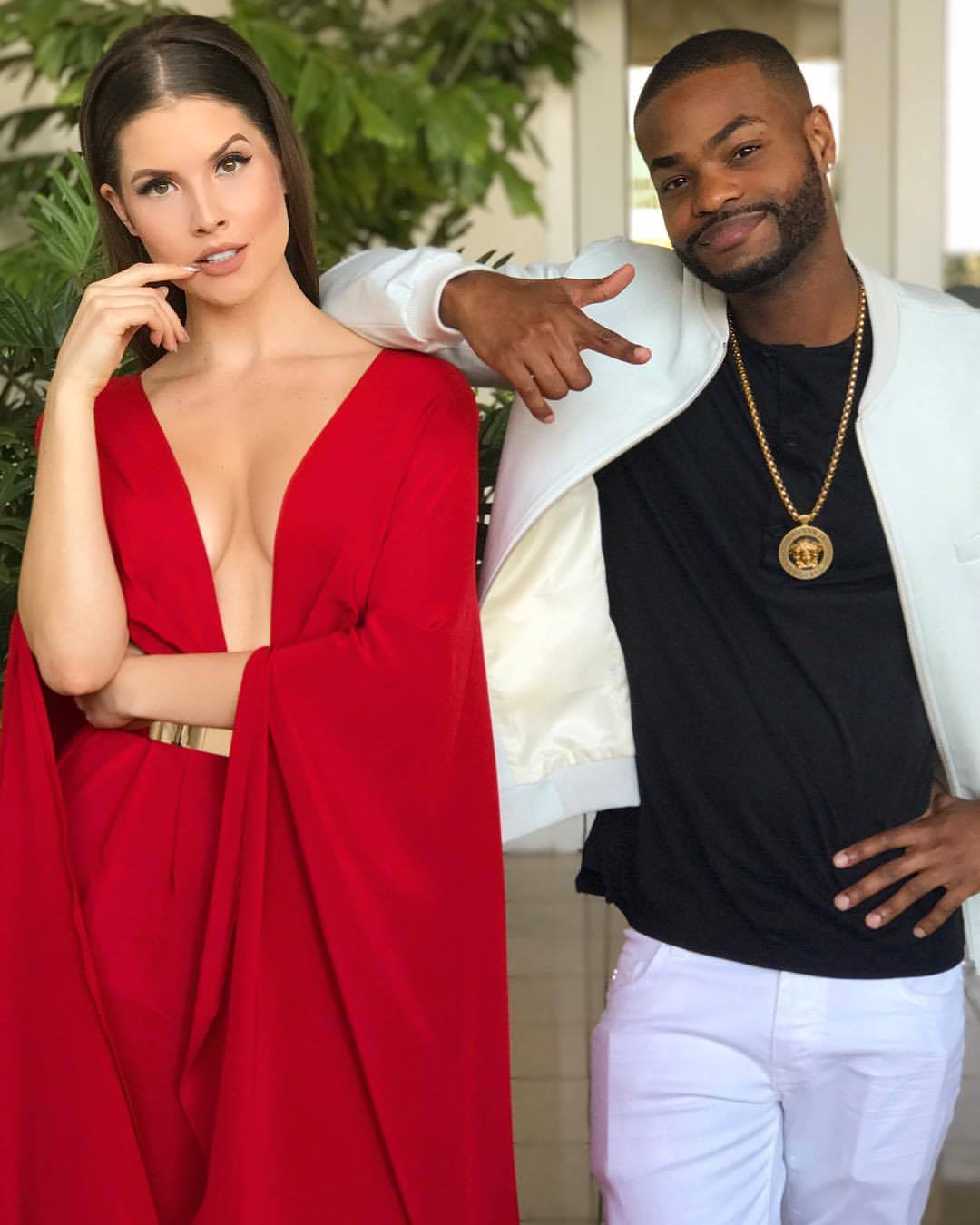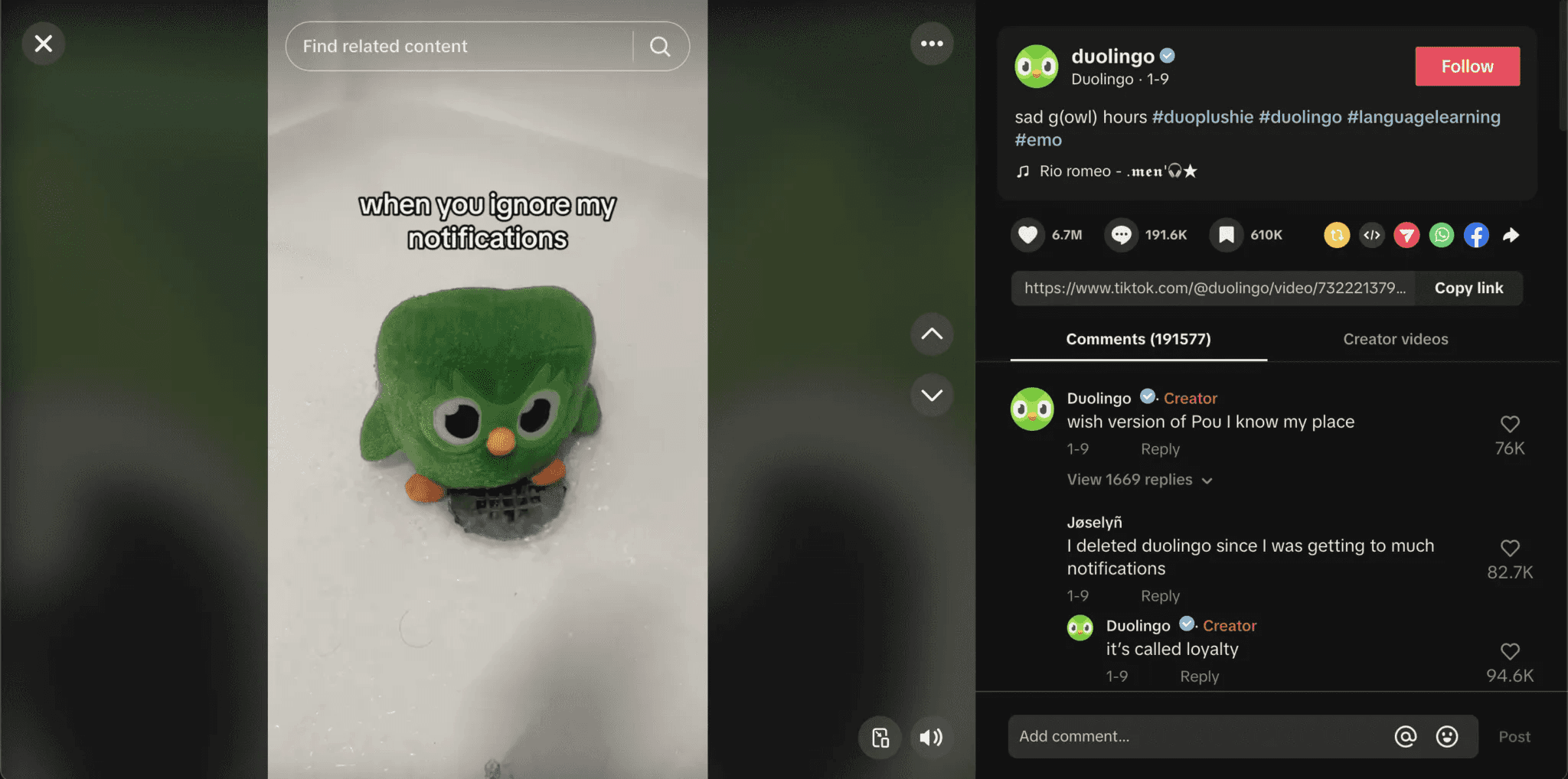Feb 14, 2025
Zain Qureshi
Short-form video isn’t just another social media trend, it’s the format shaping how we engage with content today.
TikTok boasts over 1 billion active monthly users.
Instagram Reels now account for 50% of the time spent on Instagram.
YouTube Shorts generates a jaw-dropping 50 billion daily views.
For brands, short-form content presents one of the most powerful tools to drive brand awareness, engagement, and conversions. But making it work isn’t as simple as uploading quick videos—it requires understanding the nuances of each platform and leveraging influencers strategically.
If you’re not yet prioritising short-form video in your marketing, 2025 is the year to start. This guide will show you why short-form video works, how brands are succeeding with it, and the best ways to partner with influencers to make your campaigns stand out.

How Short-Form Video Took Over Social Media
The rise of short-form video began in 2010 with Snapchat, which introduced disappearing video messages. A few years later, Vine revolutionised social media by proving that six-second videos could drive massive engagement. Creators like King Bach, Amanda Cerny, and Logan Paul built audiences in the millions, and brands began experimenting with ultra-short video ads.

But Vine died out in 2016, leaving a gap in the market. Then in 2018, TikTok exploded, taking the best of Vine and Snapchat and adding a powerful discovery algorithm that made viral content easier than ever. This forced platforms like Instagram and YouTube to adapt, leading to the launch of Reels and Shorts in response.
Today, short-form video dominates social media consumption, with brands shifting their strategies accordingly. Why? Because it aligns perfectly with modern content consumption habits:
✅ It’s quick – Perfect for today’s fast-paced digital world.
✅ It’s engaging – Motion, sound, and interactivity make it more compelling than static content.
✅ It’s discoverable – Algorithms favour short-form video, allowing brands to reach new audiences organically.
✅ It’s accessible – Every smartphone user can create and consume short-form content easily.
Short-form video has reshaped digital marketing, and brands that fail to adapt risk falling behind.
Why Short-Form Video Works So Well
Short-form content thrives because it meets audiences where they are—on their phones, scrolling through bite-sized entertainment.
People want quick, digestible content that delivers instant value—whether it’s a laugh, a product recommendation, or a compelling story.
Videos under 60 seconds see the highest engagement rates, with many brands seeing double the retention rate compared to traditional posts.
Mobile-first experiences favour short content, as users watch while commuting, on breaks, or between activities.
And here’s something brands often overlook: short-form video doesn’t replace long-form—it enhances it. A 15-second TikTok can generate curiosity, leading users to a longer YouTube explainer or a website purchase.
Breaking Down the Platforms – How They Differ & Where Brands Win
1️⃣ TikTok: The Culture-Maker & Virallity Engine
📍 Best for: Trend-driven, high-energy, community-based content.
TikTok’s For You Page (FYP) algorithm is the best discovery engine in social media. Unlike Instagram and YouTube, TikTok prioritises content over follower count—so even new brands can go viral overnight.
Brands like Duolingo and Ryanair have built cult followings by embracing TikTok’s meme culture. Duolingo’s sassy owl responds to comments, joins viral trends, and has turned a language-learning app into a TikTok sensation.
Although, theres news going around that the owl may be dead! Have you seen him? What do you think happened to him?

🔹 Brand example: Chipotle launched the #GuacDance challenge, encouraging users to showcase their dance moves in exchange for free guac. It became TikTok’s highest-performing brand campaign at the time, driving 250,000+ video submissions and 430 million views.
✅ Success tips:
Use trending sounds and memes.
Partner with TikTok-native influencers.
Create challenges or duets that encourage participation.
2️⃣ Instagram Reels: The Polished & Aspirational Platform
📍 Best for: Lifestyle, fashion, beauty, food, and premium brands.
Reels offer TikTok-like engagement while leveraging Instagram’s existing ecosystem of followers, Stories, and the Explore page. While TikTok is raw and spontaneous, Instagram still thrives on aesthetic and curated content.
🔹 Brand example: Revolution Beauty partnered with influencers to promote its bronzing drops. The before-and-after transformation videos performed exceptionally well, reinforcing Instagram’s focus on high-quality visuals.
✅ Success tips:
Invest in visually appealing, story-driven content.
Optimise Reels for the Explore Page for maximum reach.
Use Instagram’s native features (stickers, polls, shoppable tags).
3️⃣ YouTube Shorts: Short-Form with Depth & Longevity
📍 Best for: Gaming, education, behind-the-scenes, and product storytelling.
YouTube Shorts differs from TikTok and Reels because it complements long-form content. Many creators use Shorts to tease their main content, directing viewers to their longer videos.
🔹 Brand example: Fall Guys collaborated with influencer heyBrandonB, using Shorts to create a hilarious augmented reality challenge. The video hit 126 million views, proving Shorts can compete with viral TikTok content.
✅ Success tips:
Use Shorts to amplify long-form content.
Leverage YouTube’s searchability for evergreen traffic.
Create binge-worthy content to increase watch time.
How Brands Can Win with Short-Form Video & Influencers
1️⃣ Work with Platform-Specific Creators
Each platform has its own culture. The top-performing TikTok creators won’t always thrive on Instagram, and vice versa. Choose influencers who are native to the platform you’re targeting.
2️⃣ Prioritise Authenticity Over Production
Brands often overthink short-form video production. Raw, authentic content performs better than overproduced ads.
🎯 Example: Ocean Spray’s biggest viral moment came from Nathan Apodaca’s TikTok of him sipping cranberry juice while skateboarding to Fleetwood Mac. The brand didn’t plan this—it happened organically. But when Ocean Spray embraced it, sales skyrocketed.
3️⃣ Leverage Trends, But Make Them Your Own
Jumping on trends helps brands stay relevant, but the trick is to personalise them to your brand identity.
🎯 Example: Netflix often hops on viral audios but ties them back to their shows, using trending memes to promote series like Stranger Things.
4️⃣ Encourage User-Generated Content (UGC)
Hashtag challenges and UGC campaigns allow brands to turn their audience into content creators.
🎯 Example: e.l.f. Cosmetics’ #EyesLipsFace campaign saw over 4 billion views by encouraging users to create videos using the brand’s custom song.
5️⃣ Cross-Promote Across Multiple Platforms
Short-form video works best when spread across different platforms. A TikTok trend can be repurposed as a Reel, a Short, or even a Twitter clip.
Final Thoughts – The Future of Short-Form Video
Short-form video isn’t just a trend—it’s the future of content consumption. Brands that leverage it properly will see exponential reach, engagement, and conversion growth.
At Lydia, we specialise in helping brands build winning influencer marketing strategies using short-form video.
📩 Want to see how short-form video can transform your brand? Book yourself in for a demo and lets chat!


